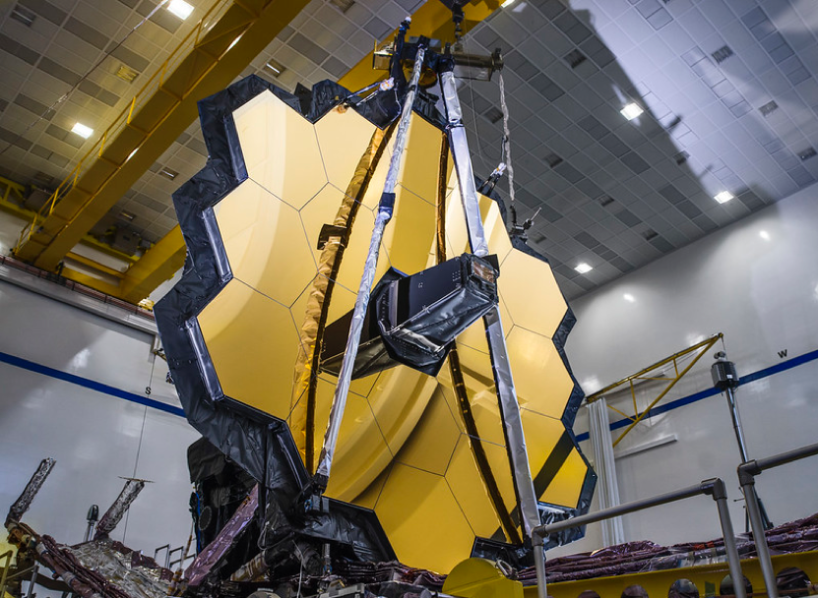Tsukuba Uchu Forum
144th Uchu Forum
すばる広視野サーベイとJWSTで見えてきた遠方超巨大ブラックホールの初期成長
Masafusa Onoue
Kavli IPMU
Abstract
We present the latest observations of the early growth of active supermassive black holes (=quasars) in the early Universe, less than a billion years after the Big Bang, mainly using the Subaru Telescope and the James Webb Space Telescope (JWST). The search for distant quasars has been active since the Sloan Digital Sky Survey in the 2000s, with more than 300 reported so far. However, these are biased towards the brightest (=heaviest and most active) species in the early Universe, depending on the depth of survey observations. The Subaru Telescope's Hyper Suprime-Cam (HSC) wide-field survey, launched in 2014, is the largest wide-field survey of its kind on Earth, using the 8-m class telescope Subaru for wide-field surveys, and is capable of detecting objects up to 10 times fainter than previous surveys. The HSC is a globally competitive project that can survey objects up to 10 times fainter than previous surveys. By using the relatively low-luminosity quasars discovered by this project, attempts are underway to constrain the mass and Eddington ratio distributions of supermassive black holes in the early Universe. Our research team has obtained observing time for the first and second phases of JWST, with the aim of measuring black hole masses, detecting parent galaxies, and constraining the relationship between galaxy mass and black hole mass in the distant Universe. In particular, from the first target of the JWST observations, the stellar component of quasar parent galaxies was successfully detected at redshift 6 for the first time in the world. In this talk, I will first give an overview of the distant quasar survey, then present the latest results of the JWST follow-up observations of the HSC quasar and, if time permits, other JWST observations in which I am involved.


 和 英
和 英